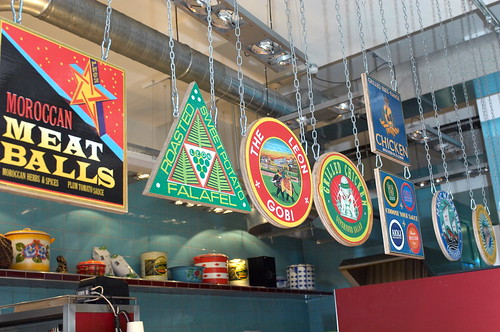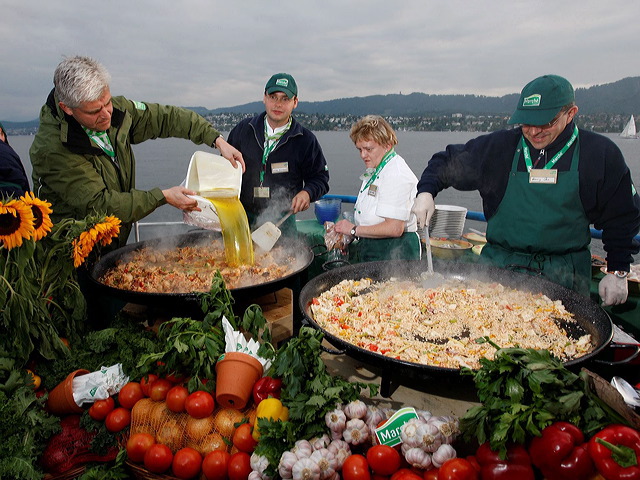My new book has now been published !

Inspired by the principles developed in the “Service Profit Chain”, Mike Hohnen takes you through each of the steps needed to create an outstanding service business.
You will find it here on Amazon
Best!
We live in a world of abundance – there is plenty of choice everywhere. And since 2008 we have experienced significant drops in demand as consumers became more careful. The result is a widening gap between supply and demand in virtually any category you can imagine.
When that happens, many companies have a knee-jerk reaction, and the recipe is more or less always the same: initiate rigorous cost-cutting programs, reduce staff and/or services, offer discounts in many forms, and increase advertising aggressively.
This, however, is the equivalent of trying to steer and brake as your car begins to skid on black ice while going through a sharp curve.
As you hit that declining demand curve, you need to perform what at first seems like a counterintuitive move: hold your price, increase your services, improve your quality, and narrow your focus in the market.
In this book, you will not only understand why but also see how you can do that.


